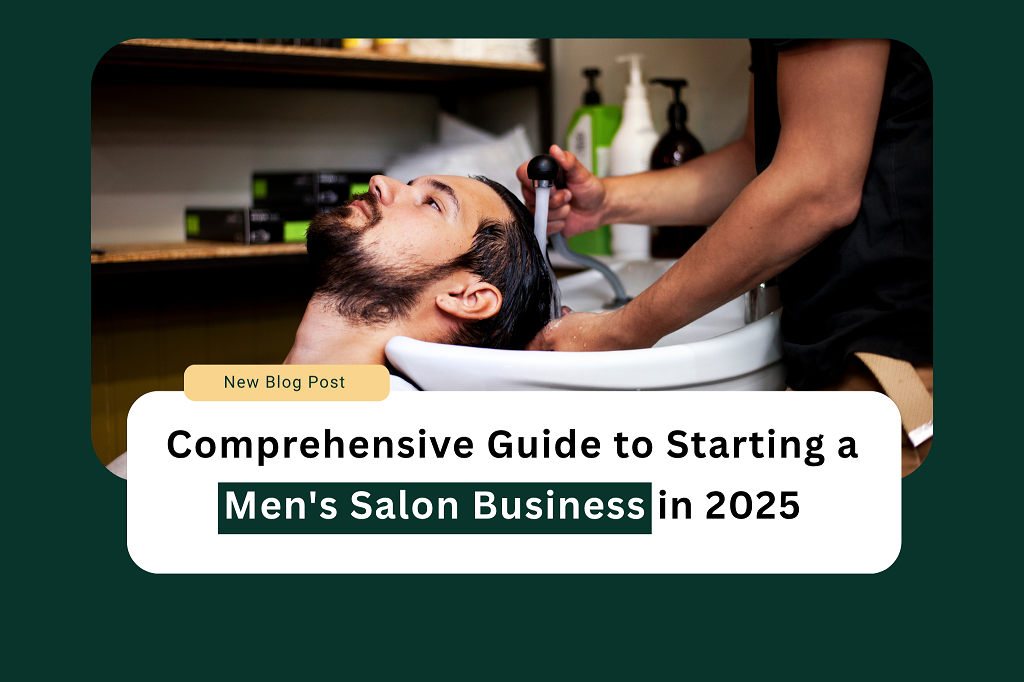Introduction
To start a clothing and fashion business one needs both financial planning alongside market assessment. A small boutique operation needs between $50,000 to $150,000 for its initial setup which covers inventory acquisition store establishment and basic marketing expenses. Small Business Administration reports that fashion startups achieving success need to keep at least six to twelve months of running expenses in their operating capital. Your business strategy needs to start with a thorough document that presents your market segment alongside competitive research as well as economic predictions and distinctive selling aspects.
Setting Up Operations and Supply Chain Management
The fashion business demands both effective operational systems and dependable supply chain management for success to happen. Your supplier search should include both home-based and foreign companies. A detailed system of quality control needs implementation with defined communication procedures between the company and its manufacturers. Across the industry fashion businesses which create powerful inventory management systems decrease their operational expenses by 30% on average. Building connections with several suppliers helps reduce risks and ensures continuous product supply.
Suppliers should be chosen based on their minimum order requirements delivery time expectations and payment conditions. A robust logistics approach should use warehousing solutions and establish shipping partnerships as well as handle returns management operations. A modern inventory management system should be used to monitor stock amounts while forecasting consumer needs and determining optimal restocking times. Studies prove that supply chain efficiency boosts profit margins by 15-20% since it directly impacts organizational financial results.
Financial Management and Pricing Strategy
Financial management stands as the essential element that supports the success of any clothing and fashion enterprise. Create an extensive pricing model which accounts for all business expenses from materials through labor to overhead expenses and profit goals. Retail fashion businesses according to industry standards should maintain gross margins between 50 and 65 percent. A system of advanced accounting should be developed to monitor sales transactions and expenses together with cash movement patterns. Fashion retailers should use seasonal patterns when developing their financial planning schedules.
The survival rate for fashion businesses reaches 40% when they maintain regular financial tracking and adjustment processes. Your company needs to create precise guidelines about credit terms for both suppliers and customers. Businesses need to track three KPIs, including inventory turnover, gross margin return on investment (GMROI), and sell-through rates. You should team up with retail fashion experts who will help you improve your business structure.
Marketing and Brand Development
The fashion market demands both a robust brand identity and a strategic marketing framework for businesses to achieve success. Create a distinctive brand narrative along with unified visual branding elements that scale across every platform. Reserve twenty to thirty percent of your revenue flow to marketing activities during your first operational year. Your fashion business should use digital marketing through social media platforms while also combining email marketing efforts with content creation methods. Social media engagement by fashion brands results in a 32% improvement in customer retention, according to current research findings.
The investment in sophisticated product visual content along with interesting content materials is pivotal. Studies reveal micro-influencers in fashion create 7x greater engagement outcomes when compared to celebrity endorsements. Thus, brands should team up with these influencers. Schedule content according to fashion schedule changes and current market trends. Constructing a brand community should take priority over direct product promotion.
Digital Presence and E-commerce Integration
Every fashion business operating today needs an unyielding digital presence to succeed in contemporary markets. The fashion e-commerce sector will expand by 9.1% yearly, leading to 2025, as projected by Shopify. The research activities of 70% of fashion consumers originate from online browsing, so establish a website that functions well across all devices. The business should create secure payment systems alongside clear return policies for customers.
Analyze customer interactions by using analytical tools to enhance online shopping quality. Your company should deploy virtual try-on software and artificial intelligence for size guidance because this helps minimize product returns. Companies should establish an omnichannel plan that unifies their physical stores with a digital presence. Analytical data shows that fashion merchants with robust omnichannel operations retain their customers at rates that are 91% higher throughout the year.
Customer Service and Retention Strategies
The fashion industry demands a successful long-term performance that requires establishing strong relationships with customers. The fashion business needs to establish a complete customer service plan which includes phone support together with email assistance social media interaction and face-to-face interactions. The organization should provide extensive training about products and the best customer service techniques to all employees. Fashion businesses dedicated to superior customer service achieve a 25% increase in their repeat customer base based on industry research.
A loyalty program that rewards loyal customers should be developed because research shows these customers spend 67% more than new customers. By analyzing consumer data organizations can develop unique shopping experiences based on customer segmentation segments. The process of obtaining and responding to customer feedback needs to occur regularly. You should establish specific guidelines for refunding products that benefit clients but guard your enterprise as well.
Future Growth and Scaling Strategies
The process of planning for business growth involves a thorough evaluation of market trends alongside an assessment of business capabilities. Fashion businesses that reach stable sales levels in their core products usually proceed to introduce new product lines for growth. Your business growth should include geographical expansion by choosing new locations and implementing international e-commerce services. The company should establish alliances with brands and retailers that operate in different market segments to grow its market presence.
The fashion industry reports that companies that generate revenue through multiple sales channels achieve 35% better business expansion rates. Prepare strategies to manage inventory during seasonal periods along with flow management of cash. Private labeling in combination with wholesale opportunities should be evaluated as potential revenue streams for your business. Keep track of market developments and consumer tastes to direct company growth initiatives.
Conclusion
A successful clothing and fashion enterprise needs equilibrium between all crucial business aspects. Up-to-date industry knowledge combined with financial control and continuous focus on customer satisfaction will lead to achievement. The fashion market demands continuous flexibility together with adaptability as its fundamental requirements.
We’d love to hear about your experiences in the fashion business. Please share your thoughts and insights in the comments below, and don’t forget to share this guide with other fashion entrepreneurs on your social media networks.
FAQs
What amount of capital does one need to launch a clothing business?
The starting capital needed to establish a small boutique ranges from $50,000 to $150,000 and includes inventory costs together with store setup expenses and essential marketing expenses.
What does the industry recommend as the profit margin for fashion retail businesses?
Retail fashion business survival and growth depend on achieving minimum gross margins between 50-65% according to industry standards.
What role does an online presence play in the success of fashion businesses?
The importance of online presence is extreme because research in
dicates that online research affects 70% of fashion purchases, thus requiring a strong digital presence to succeed.
What percentage of revenue should be allocated to marketing?
A new fashion business should dedicate twenty to thirty percent of its first-year revenue toward marketing activities.
Which strategies can help lower return rates in my fashion business?
A complete return reduction strategy combines clear sizing instructions with premium product images alongside thorough product descriptions and virtual try-on solutions.
Read More : https://theacechronicle.com/opening-laundromat-profitable-business-decision-complete-business-plan-guide/










